Contents
Eggplants are quite capricious and demanding plants to care for. Bushes inevitably react to serious “deviations” from optimal cultivation conditions and errors in agricultural technology with a deterioration in appearance. One of the common symptoms that indicate “ill health” is the wilt of the leaves of eggplants in the greenhouse and in the open field. There can be many reasons for this, and it is important to determine them correctly – the treatment and other measures taken directly depend on this.
Why do eggplant leaves wither?
Eggplants are sensitive to both cultivation conditions and agricultural practices. By changing the appearance, the plant signals: something clearly does not suit him. Restoring the health of the bushes in most cases is quite realistic. The main thing is to correctly determine the cause.
Too much sunlight
Eggplants are very photophilous, the lack of sunlight and heat negatively affects the development of bushes, and ultimately the volume and quality of the crop. However, direct sunny bushes that constantly fall on the beds during the hottest time of the day are also harmful to them.
It is not difficult to determine that the foliage loses its tone only due to excess sunlight. It is enough to wait for a cloudy day or water the plants well. They begin to “straighten out” literally before our eyes.
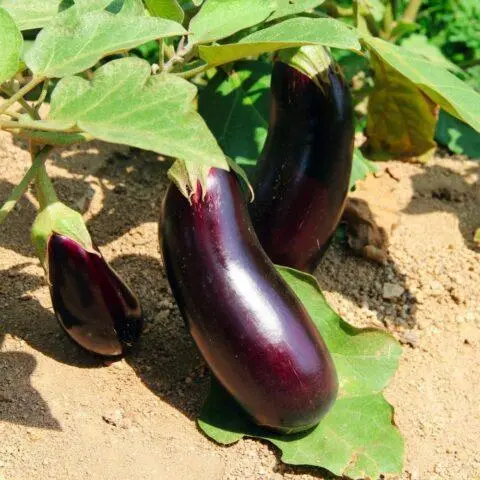
The leaf plates are quite large, in the sun they actively evaporate moisture.
soil acidification
If the soil pH was initially neutral or slightly acidic, which corresponds to the needs of eggplant, due to too frequent and / or heavy watering, it may become acidic. The changed indicator, coupled with the sour soil in the garden, causes the eggplant leaves to wither.
Soil acidification negatively affects not only adult bushes. Eggplant seedlings can also wither leaves.
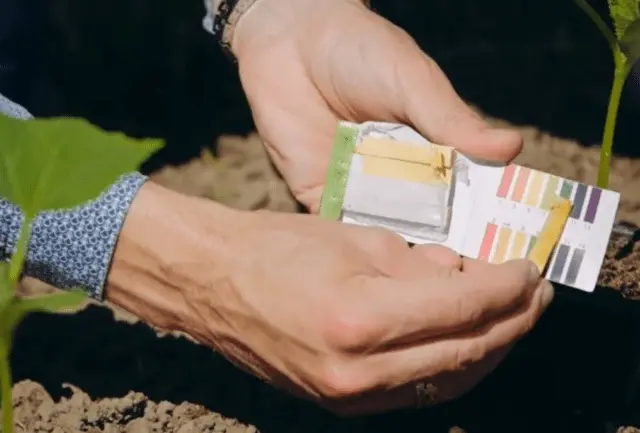
Young plants are more sensitive to pH, substrate composition and looseness.
Temperature changes
Eggplants tolerate heat well, but sudden changes in temperature are a serious stress for them. If the plant only wilts leaves after that, the consequences can be considered harmless.
Accordingly, it is impossible to rush into planting seedlings either in a greenhouse, or even more so in open ground. Due to the sharp changes in day and night temperatures, the bushes wither. And they definitely won’t survive a return frost.
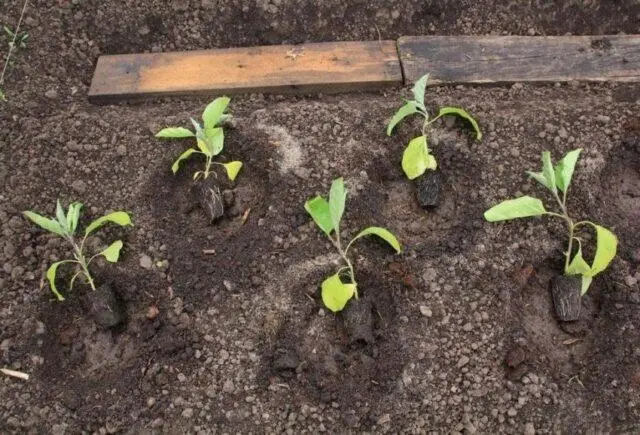
Often, bushes planted early after a temperature drop slow down their development for a long time, get sick, even die.
Transplant stress
If the eggplants are planted in the garden on time, but their leaves still wilt slightly and droop, there is no need to worry. The lowest ones may even fall off. This is a normal plant response to stress caused by a change in habitat.
To minimize the stress associated with transplanting, it is recommended that seedlings begin to harden off 7-10 days before planting. After this procedure, the leaf plates of the bushes transferred to the garden do not wither, they start growing faster. It is also important that the earthen ball on the roots of the seedlings is minimally damaged during transplantation. To do this, the seeds are planted in peat pots, and the seedlings in ordinary containers are watered abundantly 30-40 minutes before the procedure.
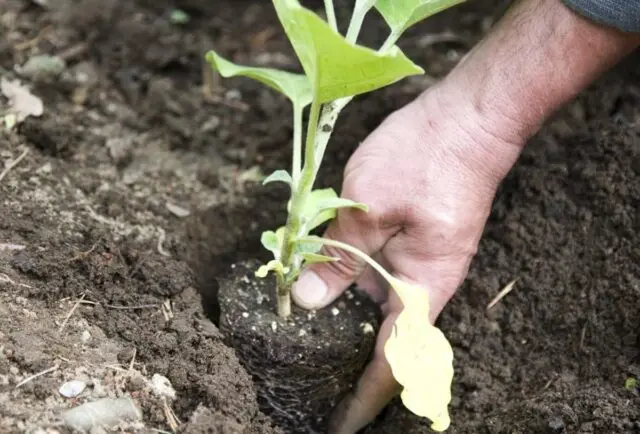
On average, adaptation to new conditions takes 7-10 days, after which the tone of eggplant leaves is restored.
cold soil
Excessively early planting in open ground is dangerous not only with sudden temperature changes and return frosts. If the soil has not yet warmed up to 13-15 ° C, the root system practically stops in development. She is not able to supply the aerial part with everything necessary, so the stem and leaves wither.
Incorrect watering
Both excessively abundant watering and “drought” in the garden are very harmful for the culture. In both cases, the leaf plates quickly begin to wither. In the first – because of the increase in soil acidity and “oxygen starvation”, in the second – because of the need to save water. The plant considers the leaves to be the least important, directing all resources to the fruits.
In addition, the foliage wilts almost instantly if cold water is poured over the bushes. Another consequence of such stress is massively falling buds, flowers and fruit ovaries.

The intervals between waterings depend on the air temperature, the presence and intensity of precipitation.
Nutrient Deficiency
If eggplants are initially planted in a “poor” substrate, the gardener completely neglects top dressing or applies unsuitable fertilizers, the leaves on the bushes inevitably begin to wither due to nutrient deficiency. About what exactly eggplant lacks can be determined by the accompanying signs:
- Nitrogen. The leaves on the bushes wither, starting from the lowest. Then they gradually change shade to pale green or yellowish, but the veins retain their natural color.
- Potassium. The leaves first wither, then a dry brown “border” appears along the edge. Very few flowers form on the bushes, already existing fruits are covered with blurry beige-brown spots.
- Phosphorus. First, an unnatural red-violet-brown undertone appears in the shade of the underside of the leaf plates, then they quickly wither and die.
- Magnesium. The process goes from bottom to top. Eggplant leaves that have already wilted lighten and turn yellow.
- Manganese. On withered leaf plates, a “mosaic” pattern appears of spots of different shades of green and yellow with clear boundaries.
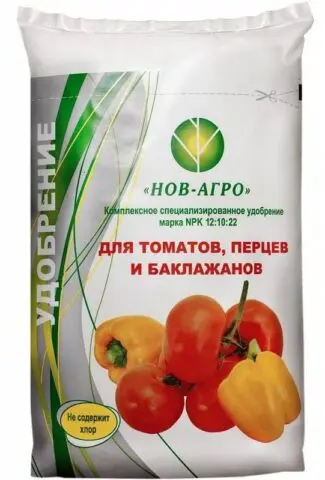
Complex specialized fertilizers minimize the risk of eggplant leaf wilt due to improper feeding
disease
The list of diseases dangerous for the culture is quite long. Among those that cause eggplant leaves to wither, verticillium and fusarium are the most typical.
The development of the first provokes an excess of nitrogen in the soil. Eggplant can be affected by verticillium at any stage of development. Their leaves wither from the edge to the middle.
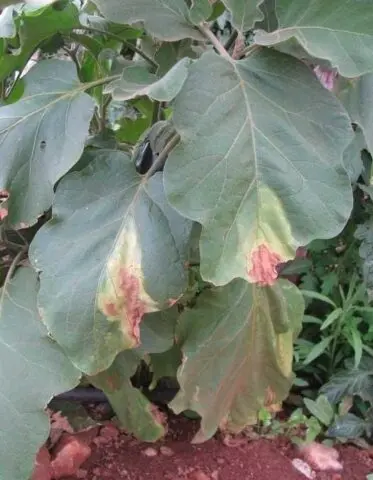
The entire aerial part with verticillosis quickly dries up and dies
The fungus that causes Fusarium is activated in warm weather with high humidity in the air and soil. The pathogen gradually “rises” through the vascular system of the plant, disrupting the normal process of nutrition, causing intoxication and death.
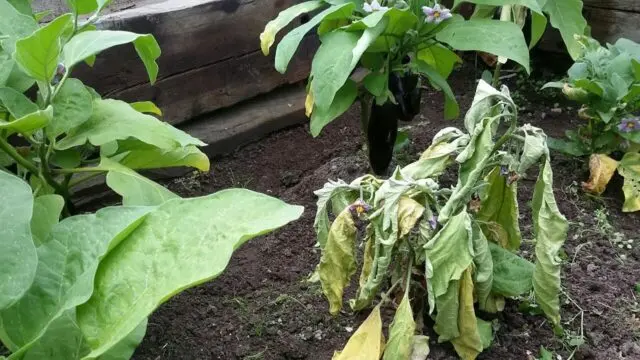
The bottommost eggplant leaves are the first to wither with Fusarium
Both verticillium and fusarium develop very quickly. From the moment the first leaves wither, 5-7 days pass before the death of the plant. Accordingly, it is almost impossible to help eggplants. Therefore, most gardeners prefer to pull out and destroy the affected bushes, preventing the pathogen from spreading further.
pest attack
Eggplants also have a lot of pests. If the leaves of the plant begin to wither, it is necessary to carefully examine it for the presence of insects on the bush or other suspicious symptoms. Most pests that infect eggplants settle on plants in whole colonies, so they are easy to notice and identify. Depending on why eggplant leaves wither, suitable insecticides or acaricides are used.

contrary to popular belief, the Colorado potato beetle eats not only potato tops
Mechanical damage
Eggplant shoots and stems are quite fragile. They are easy to accidentally damage in the process of caring for the plant. And its roots can suffer when loosening. If the bush itself is damaged, on the part left without nutrition, the leaves and fruits begin to wither, lose their tone and dry out.
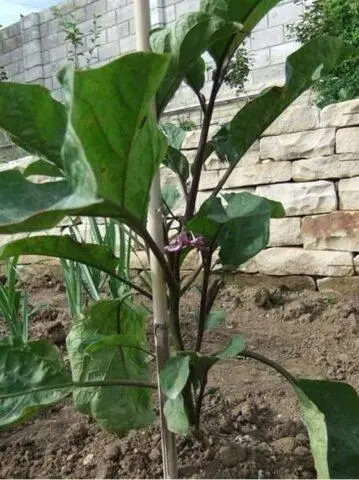
When the roots suffer, it is not certain that the eggplant will survive at all.
Why do eggplant leaves wither in a greenhouse
A greenhouse is a closed space with a specific microclimate. Here, the risk that eggplant leaves will begin to wither due to hypothermia of the soil, sudden temperature changes and strong drafts is much less than in open ground. However, landings are not completely immune to this problem.
The reasons may be:
- Increased air humidity. The moisture evaporated by the leaves, if the greenhouse is not ventilated, remains inside.
- Wrong watering. Water from the soil in the greenhouse evaporates more slowly than in open ground, and in the heat the substrate dries out faster. This must be taken into account when determining the intervals between watering.
- Oxygen deficiency. If the greenhouse is not regularly ventilated, the air quickly becomes stale, and humidity rises. This is a very favorable environment for most pests.

Humidity above 75% is unacceptable for eggplant, their leaves begin to wither
Why do the leaves of eggplants wither in the open field
The reason for the wilting of eggplant leaves in the open field can be almost any. This symptom causes both a rash choice of a landing site, and errors in care, illness, and pest attacks.
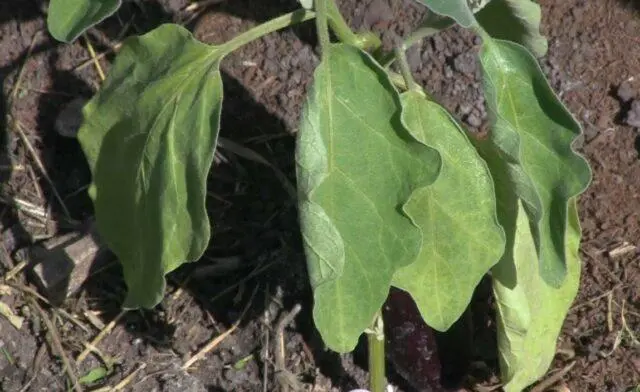
Increases the risk of eggplant damage by pathogens and insects
What to do if the leaves of eggplants in the greenhouse wither
Having discovered that the leaves of the eggplants in the greenhouse began to wither, it is necessary to neutralize the negative influence of a certain factor. Depending on the cause, the gardener may be required to:
- adjust watering and fertilizing system;
- apply suitable folk remedies, biologics or chemicals to combat diseases and pests;
- optimize the indoor climate as much as possible;
- more carefully loosen, cut eggplant, harvest to avoid mechanical damage.
Preventive measures
Withering of eggplant leaves in the greenhouse and in the open field is quite possible to prevent. Here are some simple preventive measures that can help:
- Preplant seed treatment of eggplant for protection against diseases and pests.
- Disinfection of any garden tools and equipment, containers and soil for seedlings. This is especially true for self-prepared substrate.
- The choice of a place for a bed, taking into account the rules of crop rotation and the requirements imposed by the culture.
- Planting seedlings only in well-warmed, pre-prepared soil and after hardening.
- Compliance with the landing plan. Plant spacing and row spacing depend on the size of mature plants.
- A preliminary study of the general rules of agricultural technology for eggplants and the nuances relating specifically to the planted varieties and hybrids.
- Constant monitoring of humidity, air temperature and other parameters in the greenhouse, their timely correction.
- Loosening the beds (ideally – after each watering).
- Regular (once every 3-5 days) inspection of plants for the presence of symptoms typical of diseases and pests.
Preventive treatments with suitable preparations if the weather favors the activation of insects or pathogens.
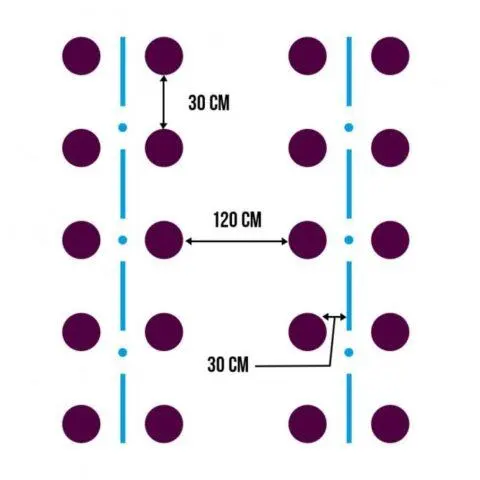
“Crowding” in the garden is favorable for the activation of pathogens and pests
Conclusion
When the leaves of eggplants wither in a greenhouse or in the open field, something is clearly wrong with the plant. This culture quickly reacts with a deterioration in appearance to unsuitable growing conditions and care errors. Having discovered a symptom, it is necessary to identify the cause or their complex as soon as possible – otherwise it will not work to find the right “treatment”.









